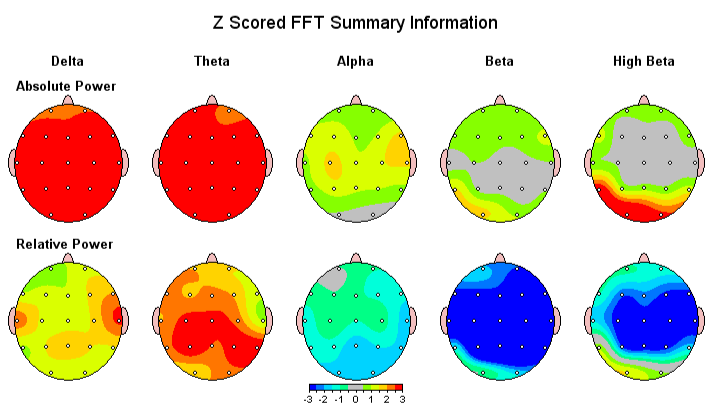
qEEG involves placing small sensors on the head to record brain waves. These cerebral oscillations are then examined to detect patterns that may indicate sleep disorders, including sleep apnea. By examining these patterns, medical providers can obtain a more precise picture of how sleep apnea disrupts normal cerebral function during slumber. This data can be essential for developing efficient treatment plans tailored to individual clients. Understanding the connection between qEEG and sleep apnea can result to enhanced identification techniques and better outcomes for those affected by this condition.
Research has shown that people with sleep apnea often display specific alterations in their cerebral wave patterns. For instance, during episodes of apnea, the cerebrum may exhibit heightened function in specific regions while additional areas become less active. These changes can affect how well a individual sleeps and how rested they feel upon waking. By employing qEEG to track these cerebral oscillation trends, doctors can identify specific characteristics of sleep apnea in patients, which can help in making a more accurate diagnosis. This is particularly important because sleep apnea can occasionally be mistaken for alternative sleep conditions, resulting to misguided therapies.
In furthermore to enhancing diagnosis, qEEG can also play a role in evaluating the effectiveness of treatments for sleep apnea. For instance, after a patient begins using a continuous beneficial airway force (CPAP) device, which assists maintain the passage clear during slumber, qEEG can be used to evaluate alterations in cerebral activity. If the brain exhibits enhanced patterns of sleep after initiating treatment, it may indicate that the treatment is functioning well. This response can help doctors formulate necessary modifications to treatment strategies, guaranteeing that patients receive the optimal care possible.
In summary, the connection between qEEG and sleep apnea patterns is an promising area of research that holds potential for enhancing diagnosis and therapy. By understanding how sleep apnea affects cerebral activity, healthcare providers can formulate more effective strategies to assist patients achieve improved slumber and improve their overall well-being. As studies continues to evolve, it is probable that qEEG will turn into an integral instrument in the battle against sleep apnea, resulting to superior results for those browse this site who suffer from this challenging disorder.